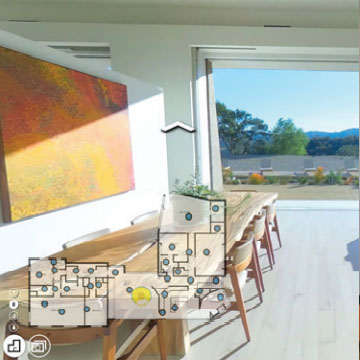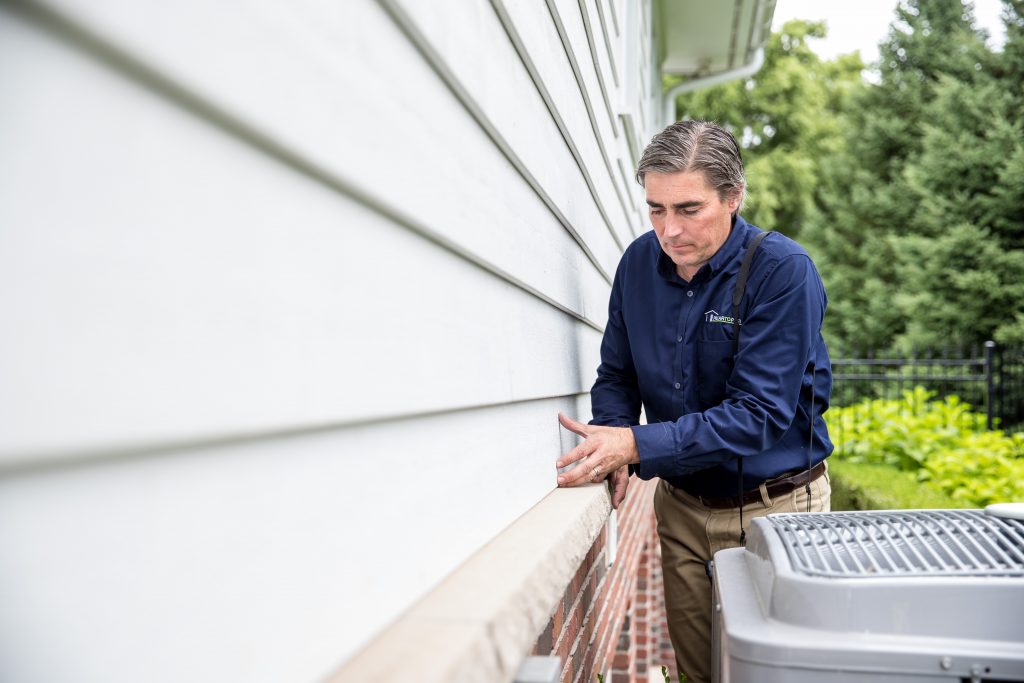
APRIL 2022
IT'S SPRING MAINTENANCE TIME
Spring is the perfect opportunity for homeowners to prepare their property for the months to come and to help protect their investment, too. Here are our top tips to get started:
- Check siding for cracks, peeling or chipped paint, and general wear and tear. Have damaged areas repaired and repainted as needed for lasting protection.
- Clear gutters and downspouts of debris that collected over the winter.
- Check patios and walkways for cracks and any loose bricks or pavers. These are a tripping hazard that needs to be corrected promptly.
- Clean window screens and repair any holes or tears, or replace the screen material.
- Look around the property for damaged tree limbs and branches. If a large tree appears to be damaged, stay safe and call a professional to address any issues.
- Inspect the irrigation system for broken sprinkler heads and emitters. Also check for overspray and adjust the system to prevent water waste.
Be sure to ask about our newest home inspection features. Contact us today!


 icon and select "Add to Home Screen".
icon and select "Add to Home Screen".











